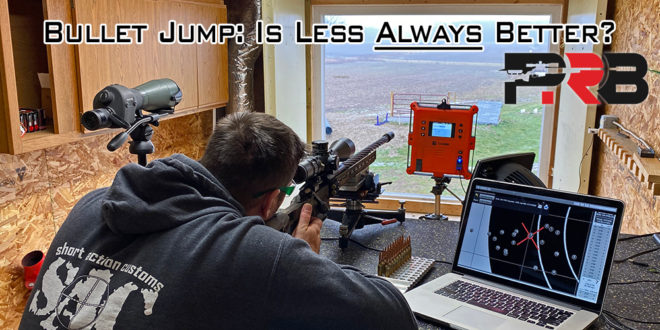I loaded up some 6.5 creed developing a load for my 24" bartlein 1:8 Tl3.
Hornady once fired from this chamber and annealed
H4350 @ 40.4g
140g eldm
CCI 200
My question, is it ok to test seating depth with a lower charge? should the findings hold true at increased nodes. I'm seating every .005" starting at .040" jump going to .060"
I loaded these up before doing my ocw test.
I did load up my OCW as well
It'll be every .3g starting at 40.4 and ending at 42.5
I loaded the OCW @ .060" jump
I chose to start the ladder at 40.4 because the guy I bought this BA from sent me his load data and it was 40.4
Hornady once fired from this chamber and annealed
H4350 @ 40.4g
140g eldm
CCI 200
My question, is it ok to test seating depth with a lower charge? should the findings hold true at increased nodes. I'm seating every .005" starting at .040" jump going to .060"
I loaded these up before doing my ocw test.
I did load up my OCW as well
It'll be every .3g starting at 40.4 and ending at 42.5
I loaded the OCW @ .060" jump
I chose to start the ladder at 40.4 because the guy I bought this BA from sent me his load data and it was 40.4


